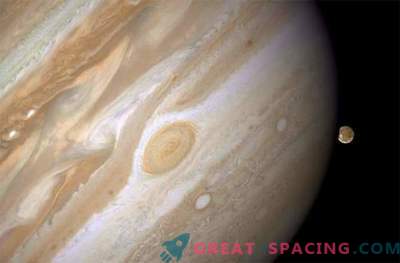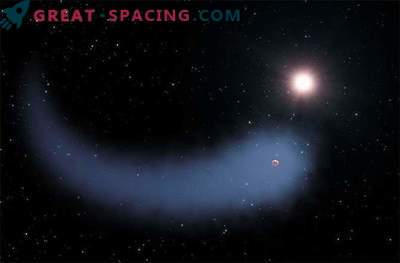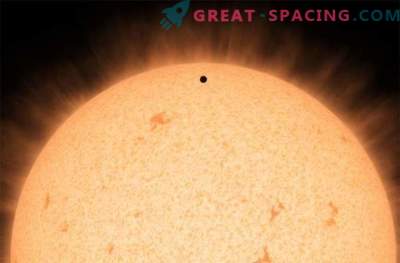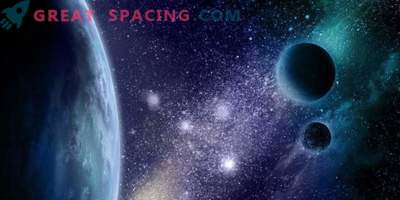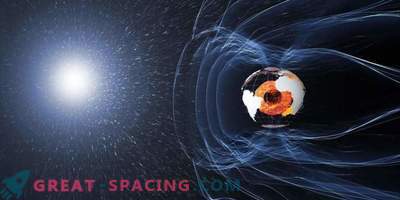
For the first time, astronomers have discovered an exoplanet in the visible region of the light spectrum that can help detect many other alien worlds.
Scientists used the HARPS instrument installed on the 3,6 m telescope of the European Southern Observatory in La Silla, Chile to study the spectrum of visible light reflected from exoplanet 51 Pegasus b, which is about 50 light years from Earth in the Pegasus constellation.
51 Pegasus B, which is a “hot Jupiter” - a gas giant that rotates close to the parent star, was discovered in 1995 and became the first exoplanet that was discovered around another star. (Actually, the first exoplanet was discovered back in 1992, but it revolves around a super-dense pulsar).
Most often, researchers study the atmosphere of an exoplanet based on an analysis of the light of a star passing through it when worlds pass in front of the parent star. This method, known as transit spectroscopy, is limited to systems in which stars and planets are aligned.
However, the new search strategy that was used in detecting 51 Pegasus B does not depend on planetary transits and, thus, finds a wider scope. "This type of detection method is of great scientific importance, as it allows us to measure the real mass of the planet and the orbital inclination, which is important for a better understanding of the system," says lead author Jorge Martins of the Institute of Astrophysics and Space Research and the University of Porto Portugal
"It will also allow us to estimate the reflectivity of the planet or albedo, which can be used to determine the composition of the surface of the planet and the atmosphere," added Martins.
New data indicate that 51 Pegasus b has a high reflectivity, slightly larger in diameter than Jupiter and about two times more massive than the largest planet in our solar system.
New observations HARPS (abbr. High Accuracy Radial velocity Planet Searcher - high-precision echelle spectrograph) provides proof of the concept for a new technique that could really be used to its full potential with large telescopes, such as the Very Large Telescope. abbr. VLT).
A new study was published 23 in the journal Astronomy & Astrophysics.
